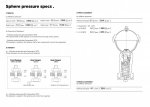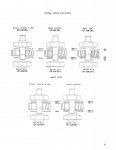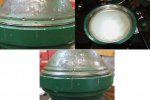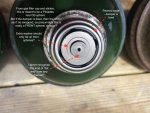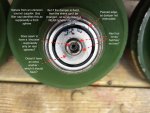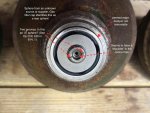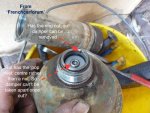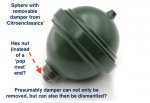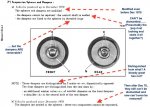I know the pressures in DS spheres are different for front and rear, but are the dampers inside the same? In other words are they interchangeable if gassed correctly?
Related to this, am i right in saying that front sphere pressures changed round about 68/69? being a slightly softer 'comfort' ride before that and a slightly harder ride after? If so, what were the different pressures please? And again - were the dampers the same before and any such change?
Any advice welcomed
Budge
Related to this, am i right in saying that front sphere pressures changed round about 68/69? being a slightly softer 'comfort' ride before that and a slightly harder ride after? If so, what were the different pressures please? And again - were the dampers the same before and any such change?
Any advice welcomed
Budge

